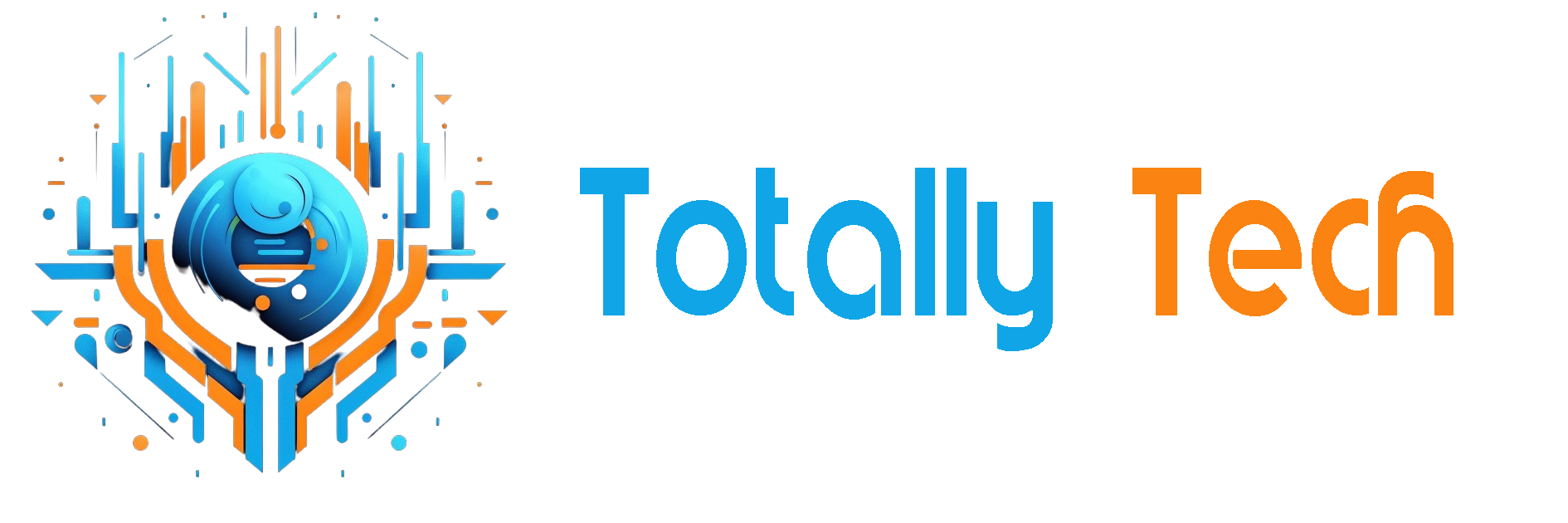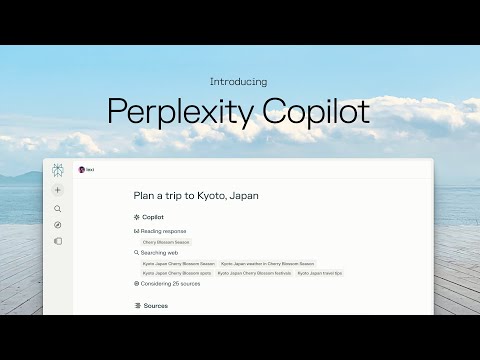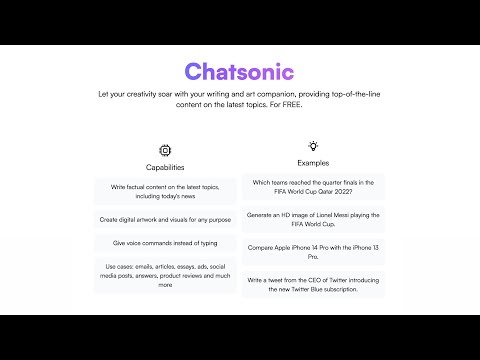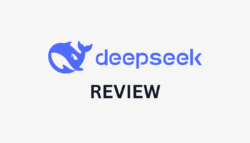
Have you ever found yourself talking to an AI like it’s your therapist? Just me?
I’ll admit, I’ve used ChatGPT for more than just answering questions. Sometimes, it’s my go-to for venting about life’s little frustrations (but let’s keep that between us).
When I need research-backed answers, I turn to Perplexity. It has a knack for pulling together solid information from across the web.
So when I heard about DeepSeek, I was naturally intrigued. Could this be the next big thing in AI?
If you haven’t heard of DeepSeek yet, here’s a fun fact: On January 27, 2025, its app skyrocketed to become the most downloaded free app on Apple’s App Store in the U.S. That kind of meteoric rise doesn’t happen every day. DeepSeek is making waves, and I wanted to see if it lived up to the hype.
DeepSeek is an AI company that develops open-source large language models (LLMs), positioning itself as a cost-effective and high-performance alternative to more established competitors like ChatGPT. Its models, including DeepSeek-V3 and DeepSeek-R1, are designed for tasks like technical question answering, code generation, and problem-solving.
However, as with any AI, it’s not without its drawbacks: occasional technical hiccups, stricter content filters, and potential data privacy concerns.
In this DeepSeek review, I’ll discuss the pros and cons, what it is, who it’s best for, and its key features. Then, I’ll show you how I used DeepSeek’s core functionalities (DeepThink-R1, web search, and document analysis). I’ll finish the article by comparing DeepSeek with my top three alternatives (ChatGPT, Perplexity, and Chatsonic).
So, is DeepSeek the AI assistant you’ve been waiting for? Or does it fall short of the competition? Let’s dive in and explore everything it has to offer.
Verdict
DeepSeek stands out with its lower API pricing, strong performance in technical tasks, and open-source flexibility. This makes it a compelling choice for developers seeking customizable AI solutions. However, its vulnerability to prompt attacks and privacy concerns regarding user data usage poses significant risks you should carefully consider.
Pros and Cons
- DeepSeek offers lower API pricing than competitors
- Models like R1 and V3 perform well in tasks like answering technical questions, generating code, and solving problems
- Many DeepSeek models are open-source or partially open-source, allowing developers to customize them
- DeepSeek uses techniques like Mixture of Experts (MoE) and multi-token prediction for faster processing and reduced resources
- DeepSeek provides tailored solutions, such as DeepSeek Coder for programming and models for math problem-solving
- The models fail to block prompt attacks promoting fraud, misinformation, and security risks
- Privacy concerns involve using user data to improve models, raising privacy concerns
What is DeepSeek?
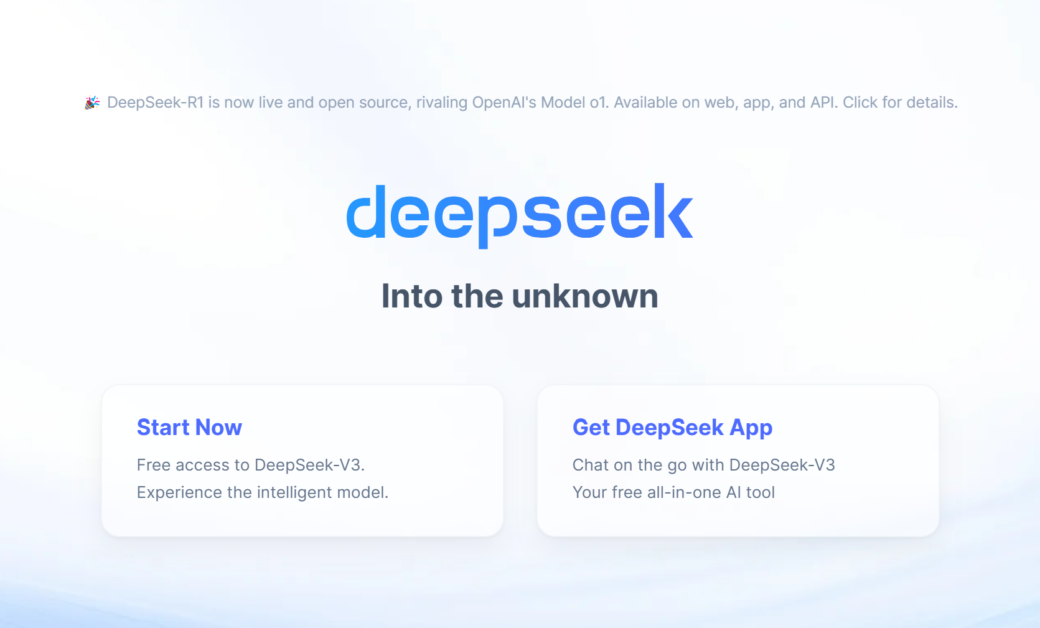
DeepSeek is a Chinese artificial intelligence company founded in 2023 by Liang Wenfeng in Hangzhou, China. It develops open-source large language models (LLMs) and has gained significant attention for its AI chatbot that rivals established competitors like ChatGPT.
The company emerged from Liang Wenfeng’s hedge fund, High-Flyer. It was founded with a clear mission: to develop powerful language models that compete with paid alternatives while staying accessible to the broader AI community.
Its AI models (particularly DeepSeek-V3) can perform tasks such as answering questions, solving logic problems, and writing computer programs at a level comparable to leading AI systems. DeepSeek’s founder acquired a large stockpile of Nvidia A100 chips before U.S. export restrictions, giving the company a competitive edge.
On January 27, 2025, DeepSeek’s app became the most downloaded free app on Apple’s App Store in the United States, causing significant disruption in the tech stock market. DeepSeek has also made its AI chatbot open-source, allowing free access to its code for use, modification, and viewing.
Overview of Available Models
DeepSeek has developed several main models, including DeepSeek V3 and DeepSeek R1.
DeepSeek V3 is their large-scale model with 671 billion parameters, capable of handling a wide range of tasks including complex coding and general reasoning.
Meanwhile, DeepSeek R1 is built on top of V3 and is specifically designed for advanced reasoning. It shows significantly better performance in areas like mathematical reasoning and code generation.
Additionally, DeepSeek has introduced smaller models like the DeepSeek Janus-Pro-7B (a multimodal model with 7 billion parameters), that is capable of understanding and generating images. The DeepSeek Coder and DeepSeek-Coder-V2 are specialized models for coding tasks, with the V2 version having 236 billion parameters.
Technological Features & Architectural Innovations
DeepSeek V3 (the company’s latest model) incorporates several advanced architectural innovations:
- Mixture of Experts (MoE) Architecture: DeepSeek V3 uses an MoE framework that activates specific parameters based on input, boosting efficiency without losing performance.
- Multi-Head Latent Attention (MLA): This improves speed, reduces memory use, and handles longer sequences better.
- DeepSeekMoE: This technique balances workload across experts, improving performance.
- Load Balancing Strategy: DeepSeek V3 uses a new load balancing strategy, improving performance without trade-offs in expert activation.
- Multi-Token Prediction (MTP): DeepSeek V3 predicts multiple tokens at once to boost efficiency.
- Memory Optimization: The model trains without tensor parallelism, making GPU training more efficient and cost-effective.
- Extended Context Length: DeepSeek V3 can handle up to 128,000 tokens, making it better at processing long documents.
These innovations have allowed DeepSeek to achieve competitive performance with significantly lower computational resources and costs compared to other leading AI models.
Who is DeepSeek Best For?
DeepSeek is the most useful for the following types of people:
- Marketing agencies can use DeepSeek to analyze consumer behavior in niche markets, craft targeted campaigns, and personalize messaging while staying ahead of industry trends.
- Small businesses can use DeepSeek to access professional insights at a lower cost. This effectively replaces expensive consultancy services for a competitive edge.
- Industry professionals can use DeepSeek to get tailored insights in specialized fields like healthcare, finance, legal services, and scientific research.
- Developers and researchers can use DeepSeek as an open-source model to modify and customize AI for their projects.
- Cost-conscious users can use DeepSeek’s lower API pricing to save on AI development and business operations.
-
Companies needing targeted AI can use DeepSeek to build precise, industry-specific applications.
DeepSeek Key Features
Here are DeepSeek’s key features you should be aware of.
Model Diversity
DeepSeek has developed a comprehensive suite of large language models that showcase remarkable versatility. Their flagship model (DeepSeek-V3) boasts an impressive 671 billion parameters and can handle context windows up to 128,000 tokens, making it exceptionally powerful for complex reasoning and communication tasks.
Here are DeepSeek’s models:
- DeepSeek Coder (November 2023)
- DeepSeek LLM (December 2023)
- DeepSeek-V2 (May 2024)
- DeepSeek-Coder-V2 (July 2024)
- DeepSeek-V3 (December 2024)
- DeepSeek-R1 (January 2025)
- Janus-Pro-7B (January 2025)
These models are designed for various tasks, including coding, general-purpose use, and advanced reasoning.
Architectural Innovation
DeepSeek has pioneered an advanced Mixture of Experts (MoE) architecture that dramatically improves computational efficiency. They use precise expert segmentation and shared isolation to improve specialization and reduce redundancy.
Complementing this, DeepSeek developed DualPipe, a sophisticated communication accelerator for efficient pipeline parallelism. DualPipe overlaps forward and backward computation, reduces latency, and optimizes data movement across GPUs by creating a virtual Data Processing Unit to efficiently exchange data between all GPUs.
This combination of MoE architecture and DualPipe allows DeepSeek to optimize data flow between GPUs for faster and more affordable model training. For example, their DeepSeek V3 model (with 671 billion parameters) was trained on 2,048 Nvidia H800 GPUs in about two months for 10X higher efficiency than some industry leaders.
Training Excellence
DeepSeek’s training excels with advanced reinforcement learning techniques. They developed a rule-based reward system with two key components: accuracy rewards and format rewards, which outperform traditional neural reward models. This approach allows their AI to learn more nuanced and precise reasoning capabilities.
For example, their R1 model demonstrated remarkable improvements in mathematical reasoning, increasing pass@1 scores on AIME 2024 from 15.6% to 71.0%. The company used a training process with reinforcement learning. This method enabled the model to employ a self-verification technique as part of its reasoning process.
The result is a training approach that not only enhances computational learning but also creates AI models capable of more sophisticated and reliable reasoning across complex tasks.
Economic Efficiency
DeepSeek has achieved competitive AI performance with notable cost efficiency compared to some Western models.
While initial reports of developing DeepSeek-V3 for just $6 million were misleading, the company has demonstrated significant economic advantages. The $6 million figure represents only the final training costs, with total development expenses estimated between $100 million to $1 billion annually.
Despite higher overall costs, DeepSeek’s approach remains economically efficient. Their API pricing is substantially lower than competitors like OpenAI, offering potential cost savings for developers and businesses.
This pricing strategy, combined with its open-source approach and competitive model performance, positions DeepSeek as a potentially disruptive force in the global AI technology landscape.
Specialized Capabilities
The company has not just created generalist models but also developed specialized solutions like DeepSeek Coder and Janus-Pro-7B.
DeepSeek Coder is a series of programming-focused language models trained on 2 trillion tokens, with 87% code and 13% natural language in English and Chinese. Available in sizes ranging from 1B to 33B parameters, these models deliver state-of-the-art performance on programming benchmarks and support project-level code completion.
Janus-Pro-7B represents DeepSeek’s breakthrough in understanding and generating images. Released in January 2025, this model achieves 80% accuracy on the GenEval benchmark, surpassing competitors like DALL-E 3 and Stable Diffusion. Built on DeepSeek-LLM-7B, Janus-Pro-7B uses a 72-million-image dataset.
These targeted models excel in specific domains such as programming and image generation, showcasing DeepSeek’s innovative approach to specialized AI solutions.
Accessibility Philosophy
Committed to democratizing AI technology, DeepSeek releases many of its models with open-source or partially open-source licenses. This allows researchers, developers, and companies worldwide to access cutting-edge AI capabilities at significantly reduced costs.
DeepSeek has embraced open-source methods that foster collaborative innovation, offering models like DeepSeek Coder, DeepSeek-V3, and DeepSeek-R1 with accessible licensing. Their pricing strategy dramatically lowers entry barriers, with DeepSeek-R1 priced at just $0.55 per million input tokens, compared to OpenAI’s o1 model at $15 per million tokens.
DeepSeek brings experts together and offers affordable AI tools, speeding up innovation and expanding global access. This represents a significant step toward democratizing artificial intelligence, breaking down traditional barriers of cost, complexity, and computing power.
How to Use DeepSeek
Here’s how I used all of DeepSeek’s functionalities to answer my queries and solve my problems:
- Select Start Now
- Create an Account
- Ask DeepSeek a Question
- Use the DeepThink-R1 Model
- Use DeepSeek to Search the Web
- Give DeepSeek a Document to Analyze
Step 1: Select Start Now
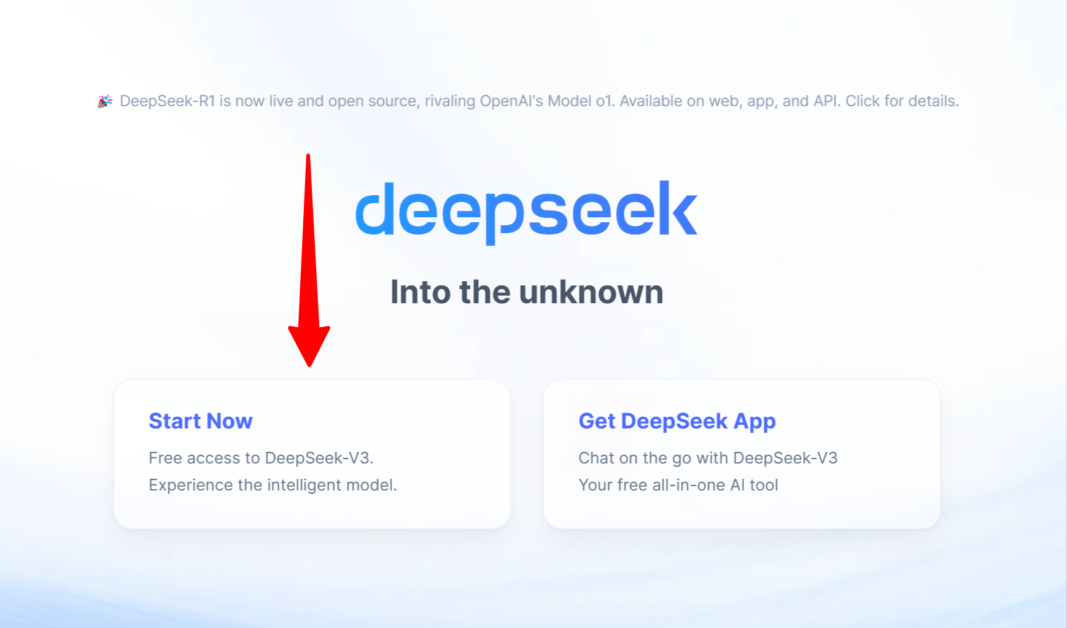
I started by going to deepseek.com and hitting “Start Now” for free access to DeepSeek-V3.
Step 2: Create an Account
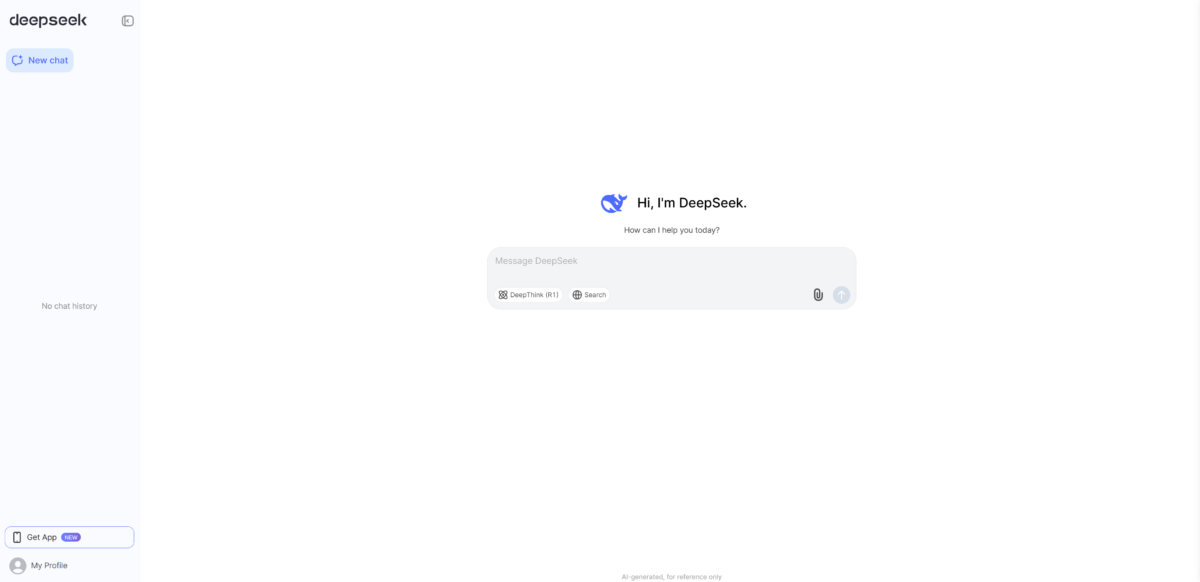
After creating an account, I was impressed by how clean the interface was. It looked a lot like ChatGPT!
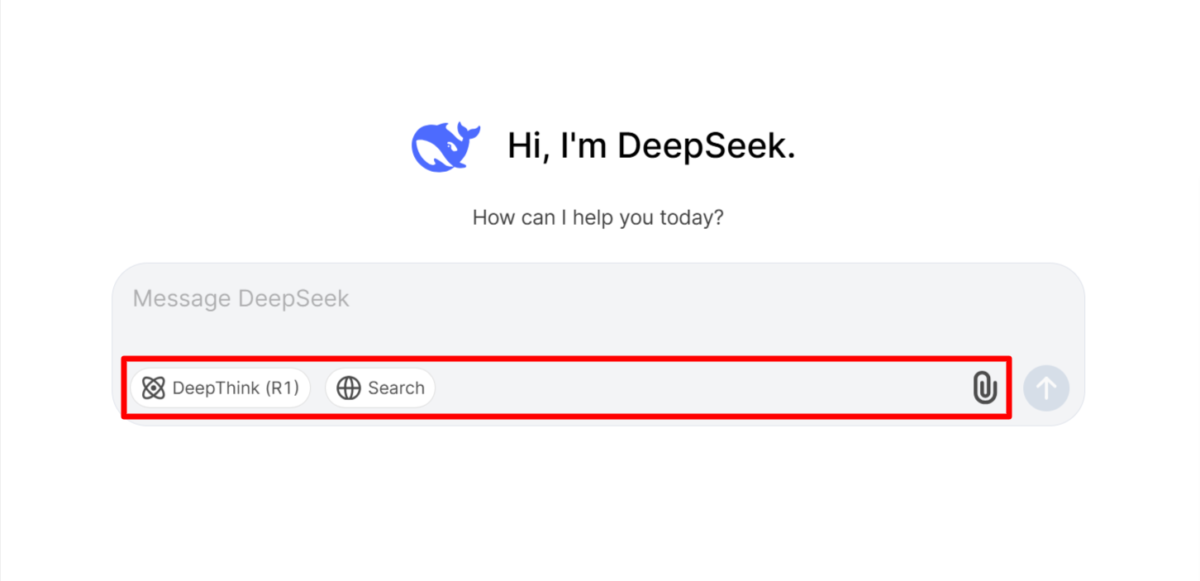
Taking a closer look at the message field itself, there were a couple of things I noticed that I could do:
- Turn on DeepSeek-R1 to solve reasoning problems
- Search the web
- Upload documents and images
Step 3: Ask DeepSeek a Question
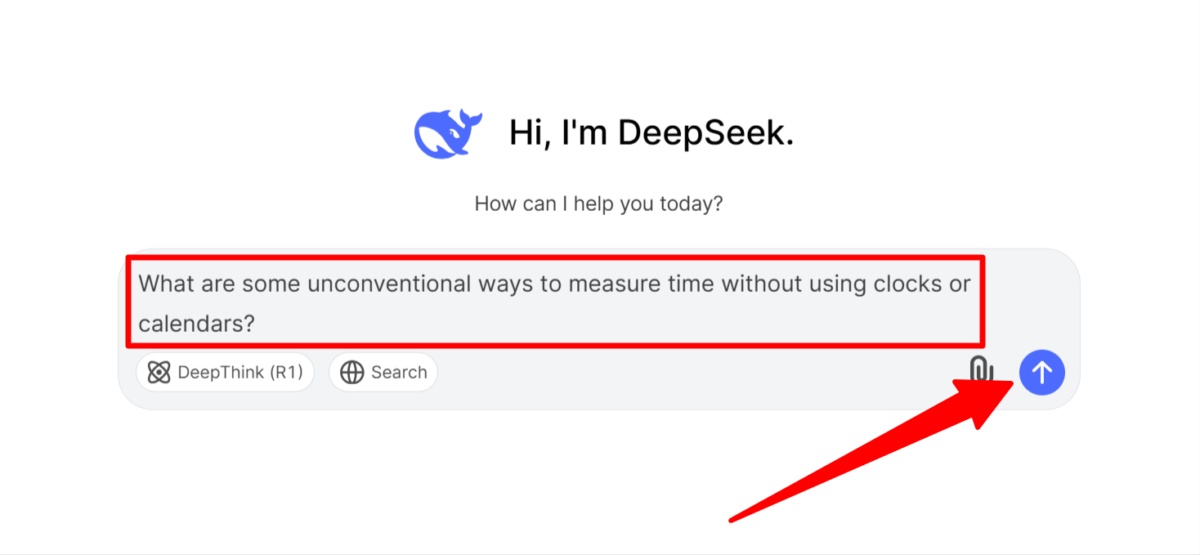
I wanted to try these different functionalities and compare them to each other, beginning by asking DeepSeek an interesting question: “What are some unconventional ways to measure time without using clocks or calendars?”
I typed this into the message field (without turning DeepThink or Search on) and hit send.

A few seconds later, DeepSeek generated a response that adequately answered my question!
Step 4: Use the DeepThink-R1 Model

Next, I wanted to try the DeepThink-R1 model. This model is designed for advanced reasoning and problem-solving. It’s great for completing more complex tasks, like logic puzzles and mathematical challenges.
I decided to test its capabilities by asking it a reasoning problem and seeing how well it could break down and solve it: “If you had an infinite supply of 3-liter and 5-liter jugs, how would you measure exactly 4 liters of water?”
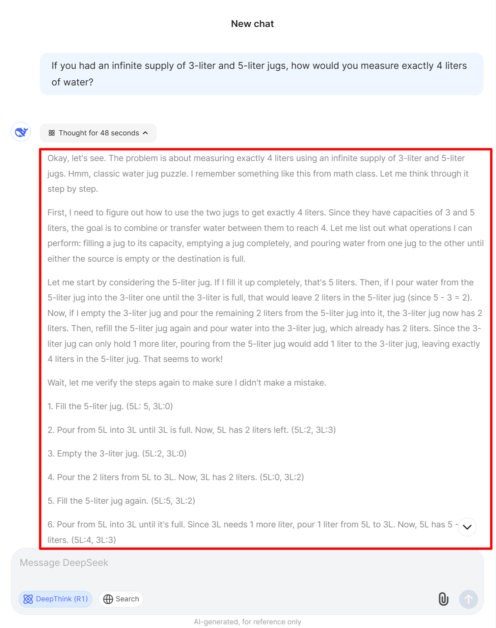
A few seconds later, DeepSeek shared the thinking process behind how it approached solving the problem in every conversational tone of voice, which I found very insightful.
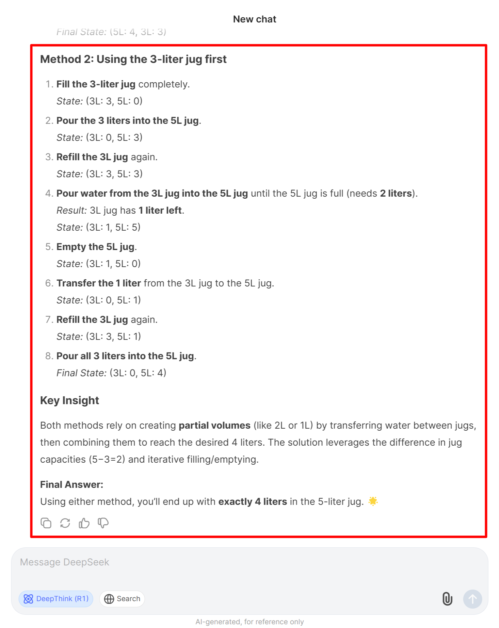
It also provided two methods for solving the problem! I was impressed.
Step 5: Use DeepSeek to Search the Web

Next, I wanted to use DeepSeek’s web search functionality. I tested this by asking it the following question: “What are the latest breakthroughs in AI-driven medical diagnostics this year?”
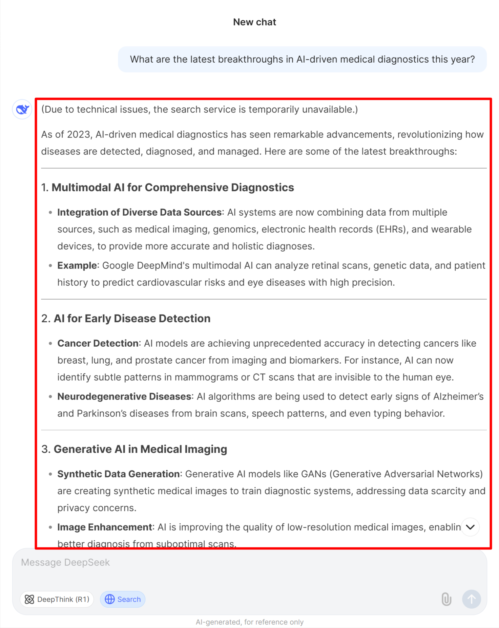
A few seconds later generated a response to my query.
I sent the query a couple of times and, unfortunately, DeepSeek failed due to technical issues. However, this could just be due to high demand overwhelming the servers.
Regardless, I appreciated that DeepSeek still answered the question to the best of its ability. However, the information it provided was outdated by two years.
Step 6: Give DeepSeek a Document to Analyze

Last but not least, I wanted to give DeepSeek an image to analyze.
I did this by uploading a PDF document of Zhuangzi’s “Butterfly Dream” and providing the query: “Analyze this excerpt from Zhuangzi’s ‘Butterfly Dream’ and discuss its implications on the nature of reality and self-identity.”
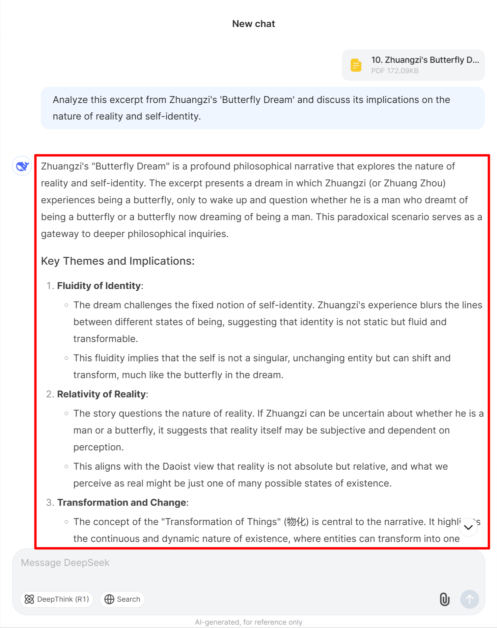
A few seconds later, DeepSeek provided me with an in-depth look at the key themes and philosophical implications of Zhuangzi’s “Butterfly Dream,” which I found very insightful!
Overall, my experience with DeepSeek was mostly positive. Its functionality felt smooth and intuitive, especially when using the DeepThink-R1 model and analyzing documents.
While I did encounter a few technical hiccups, I was impressed by how deeply it analyzed problems and provided thoughtful responses.
Top 3 DeepSeek Alternatives
Here are the best DeepSeek alternatives you’ll want to try.
ChatGPT
The first DeepSeek alternative I’d recommend is ChatGPT. I use ChatGPT quite religiously for a variety of things. But what I love most about it is its conversational ability and how well it handles a wide range of queries, from casual chit-chat to more complex subjects like coding or history.
DeepSeek and ChatGPT have a lot in common, like their ability to process and generate text in a conversational format. However, DeepSeek excels in high-level benchmarks for specialized tasks like coding and math. It’s geared more toward those requiring speed and precision in fields like math, cryptography, or advanced AI model capabilities. DeepSeek has a 90% accuracy rate in math compared to ChatGPT’s 83%. On the other hand, ChatGPT is known for its friendly nature and ability to engage deeply in more general, everyday conversations.
If you need help with more specialized, technical tasks, choose DeepSeek. For more of an interactive, engaging experience with the flexibility to tackle a variety of topics, choose ChatGPT!
Perplexity
The next DeepSeek alternative I’d recommend is Perplexity. Besides ChatGPT, it’s another LLM I’m a big fan of for doing research. It feels like having a research assistant who not only finds information but organizes and refines it based on what I need.
While DeepSeek focuses on AI reasoning, coding, and problem-solving, Perplexity excels at AI-powered search, summarization, and research. Both platforms are strong in different areas: DeepSeek is great for logic-heavy tasks and technical challenges, while Perplexity is better for discovering and organizing information.
Perplexity excels at AI-driven search, pulling information from live internet sources to provide up-to-date results. Meanwhile, DeepSeek focuses on advanced reasoning and specialized tasks using its sophisticated model. These models are regularly updated but don’t perform real-time web searches.
DeepSeek stands out with its open-source models, like DeepSeek-R1 which allows developers to customize AI for specific needs. Meanwhile, Perplexity offers a user-friendly research tool that feels more like an advanced search engine.
For an AI that helps you solve complex problems, generate code, and work on logic-based tasks, choose DeepSeek. For an AI that enhances research, summarizes content, and provides up-to-date answers, Perplexity is a great choice!
Chatsonic
The final DeepSeek alternative I’d recommend is Chatsonic. What I love about Chatsonic is how it simplifies marketing tasks with its all-in-one AI workspace and built-in optimization tools.
While DeepSeek has shown competitive performance in specific areas like mathematical reasoning, Chatsonic stands out for its seamless marketing integrations and content creation tools.
On the one hand, DeepSeek is an open-source powerhouse. It excels in logic, math, and coding tasks, making it a solid choice for technical users who need accurate problem-solving. The API access and free model availability also provide flexibility for developers and researchers.
On the other hand, Chatsonic is built for marketers, writers, and content strategists. It integrates with Ahrefs, Google Search Console, and WordPress, making real-time data retrieval and campaign management effortless. Unlike DeepSeek, which focuses more on computation but can be used for content creation and analysis, Chatsonic prioritizes branding, automated workflows, and multi-model AI selection for creative projects.
For an advanced AI model for problem-solving, coding, and research, DeepSeek is a great choice. But if your focus is content creation, marketing, and automation, choose Chatsonic!
DeepSeek Review: The Right Tool For You?
After testing DeepSeek’s functionalities (DeepThink-R1, web search, and document analysis), I was particularly impressed with its ability to solve reasoning problems and generate thoughtful, structured responses. However, some technical issues made the experience feel slightly inconsistent.
Regardless, DeepSeek showed strong potential, especially in handling complex queries with depth and clarity. Its intuitive interface and logical reasoning capabilities really stood out to me. Despite the occasional glitches, it remains a promising tool for research and analysis!
If you need a powerful, cost-efficient AI for coding and technical tasks, DeepSeek is a solid choice. But if you’re looking for the best DeepSeek alternatives, I’d consider these options:
- ChatGPT is best for general AI conversations, content creation, brainstorming, and coding. It offers a more natural, interactive experience with a high degree of reliability.
- Perplexity is best for research and fact-based responses. Its AI-powered search engine delivers up-to-date, cited information that’s great for academic or business research.
- Chatsonic is best for AI-powered image generation, real-time web search, and voice interactions. It’s a strong option for digital marketers, content creators, and businesses seeking an AI with multimedia capabilities.
Thanks for reading my DeepSeek review! I hope you found it helpful.
Try DeepSeek’s core functionalities for free and see how you like it!
Frequently Asked Questions
Can DeepSeek be trusted?
DeepSeek’s AI capabilities are impressive, but there are significant privacy and security concerns due to its data storage practices in China. There are also potential vulnerabilities to misinformation. While the model shows promise in areas like math and coding, approach it with caution given its susceptibility to generating harmful content and the lack of transparency around data handling.
How is DeepSeek different from ChatGPT?
DeepSeek excels in technical precision, focusing on reasoning-heavy tasks like coding, math, and structured problem-solving. Meanwhile, ChatGPT offers a more versatile and conversational experience suited for creative writing, brainstorming, and casual discussions. DeepSeek also uses a self-reinforced learning model without human supervision, making it more cost-effective and efficient. It also offers features like unlimited prompts and the ability to run on local machines.
What is DeepSeek used for?
DeepSeek is an AI development firm that creates open-source large language models (LLMs) for various tasks. These LLMs are particularly strong in formal reasoning, coding, and problem-solving. DeepSeek offers multiple services including a web interface, mobile application, and API access.
Is DeepSeek free?
Yes, DeepSeek offers a completely free tier with full access to its core functionality. That means anyone can use the DeepSeek-V3 and R1 models without restrictions! Unlike many AI services that limit free usage, DeepSeek provides unlimited access to its chatbot and models without requiring a credit card or imposing daily query limits.
Who is the owner of DeepSeek?
DeepSeek is owned by High-Flyer, a Chinese hedge fund. It was founded by Liang Wenfeng, a 40-year-old entrepreneur who graduated from Zhejiang University. Liang Wenfeng serves as the CEO of DeepSeek and previously co-founded High-Flyer, a quantitative investment management firm that now manages a reported $8 billion in assets
Why is the Nvidia stock falling due to DeepSeek?
Nvidia’s stock plummeted 17% on January 27, 2025, due to DeepSeek’s announcement of a cost-effective AI model that achieves similar performance to Western models at significantly lower cost. This development raised concerns about future demand for Nvidia’s high-performance AI chips, which are core to its business. It also sparked fears of increased competition in the global artificial intelligence arena.
Is DeepSeek R1 free?
DeepSeek R1 offers both free and paid tiers, with pricing as low as $0.14 per million input tokens and $0.28 per million output tokens. While not completely free, DeepSeek R1 provides a very affordable option compared to other AI models, with some platforms offering limited free usage or low-cost access.
The post DeepSeek Review: Is It Better Than ChatGPT? You Decide appeared first on Unite.AI.
